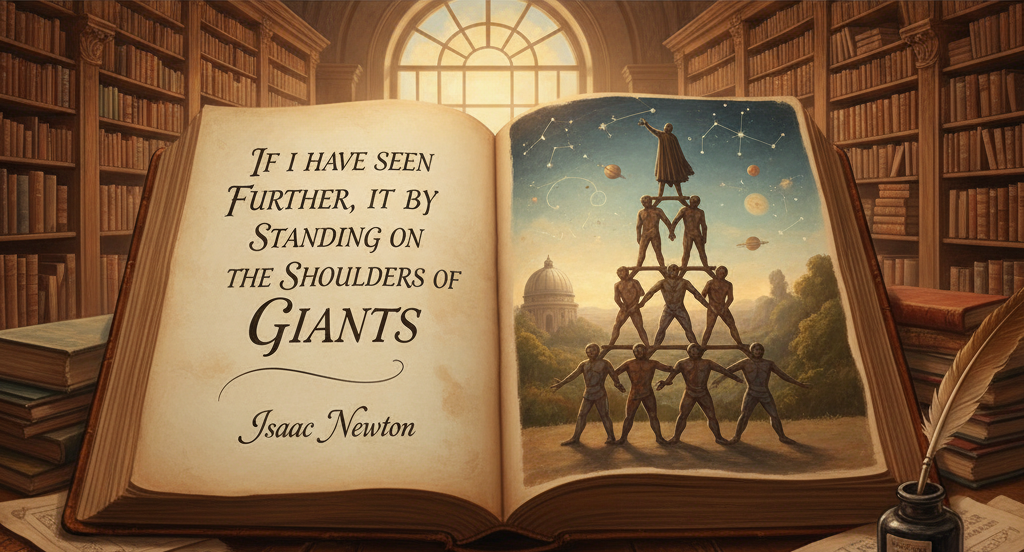
Have you ever read Diary of a Wimpy Kid? If so, congratulations—you’ve experienced something called epistolary structure. That’s just a fancy literary term for stories told through letters, diary entries, texts, emails, or other personal records. It’s one of the oldest and most emotionally gripping ways to tell a story, and yet many of us don’t even realize we’re reading one.
The magic of this format lies in its intimacy. When a character writes in a journal or sends a message, we feel like we’re right there in their head. It’s not a distant narrator telling us what’s happening. It’s the character talking directly to us—sharing secrets, fears, jokes, and daily chaos. That’s why Diary of a Wimpy Kid works so well. Greg Heffley’s hilarious illustrations and personal thoughts feel like we’re flipping through his private journal—because we are.
But this isn’t just a kids’ thing. The epistolary style pops up across genres and ages. Anne Frank: The Diary of a Young Girl is one of the most powerful real-life examples. Through Anne’s words, we don’t just read about World War II—we feel the fear and hope of a teenage girl hiding from it. That’s the power of this structure: raw emotion, unfiltered.
Even older classics like Dracula by Bram Stoker use it to build suspense through diary entries, telegrams, and newspaper clippings. And in today’s digital world, stories like Eleanor & Park or Love, Rosie bring the epistolary form into the age of emails and texts—proof that this format is still alive and evolving.
At the end of the day, epistolary stories are like peeking into someone’s personal messages—and who can resist that? They make fiction feel real. And sometimes, the best way to understand a character… is to read what they write when they think no one’s watching.
RELATED POSTS
View all


